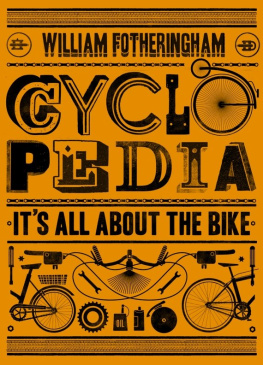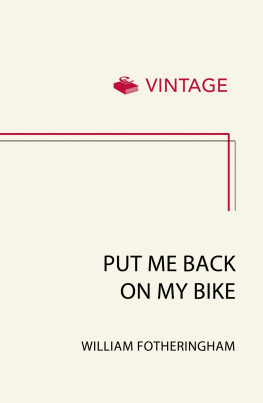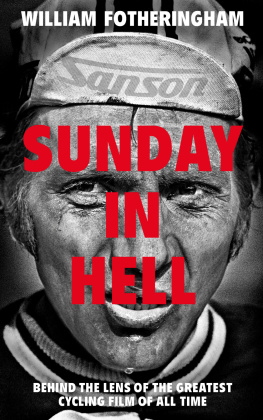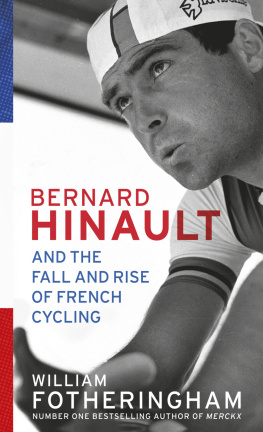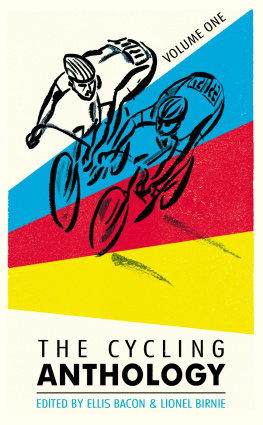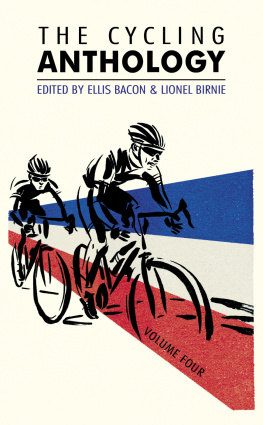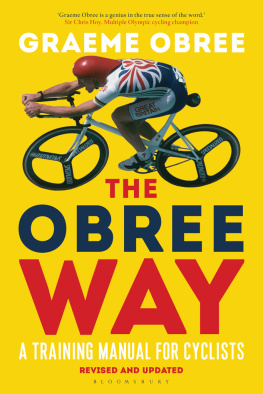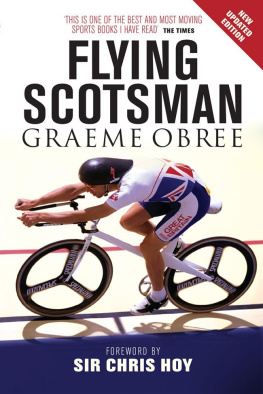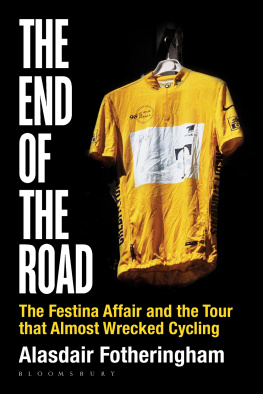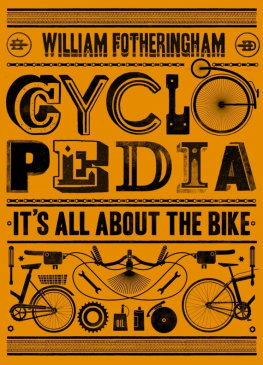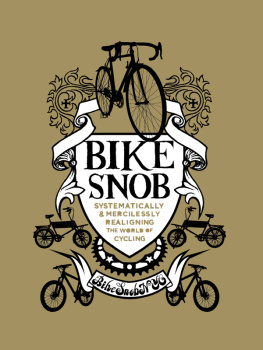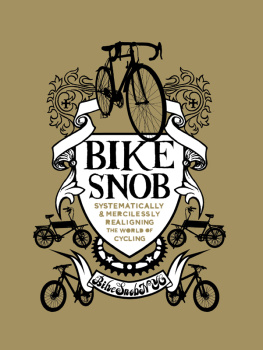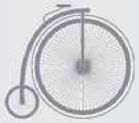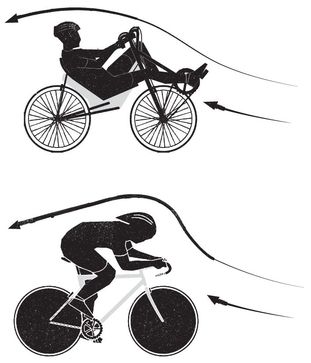Fotheringham - Cyclopedia: its all about the bike
Here you can read online Fotheringham - Cyclopedia: its all about the bike full text of the book (entire story) in english for free. Download pdf and epub, get meaning, cover and reviews about this ebook. City: Chicago, year: 2011, publisher: Chicago Review Press, genre: Non-fiction. Description of the work, (preface) as well as reviews are available. Best literature library LitArk.com created for fans of good reading and offers a wide selection of genres:
Romance novel
Science fiction
Adventure
Detective
Science
History
Home and family
Prose
Art
Politics
Computer
Non-fiction
Religion
Business
Children
Humor
Choose a favorite category and find really read worthwhile books. Enjoy immersion in the world of imagination, feel the emotions of the characters or learn something new for yourself, make an fascinating discovery.
- Book:Cyclopedia: its all about the bike
- Author:
- Publisher:Chicago Review Press
- Genre:
- Year:2011
- City:Chicago
- Rating:5 / 5
- Favourites:Add to favourites
- Your mark:
Cyclopedia: its all about the bike: summary, description and annotation
We offer to read an annotation, description, summary or preface (depends on what the author of the book "Cyclopedia: its all about the bike" wrote himself). If you haven't found the necessary information about the book — write in the comments, we will try to find it.
If its on the bike, its in the book.
The world of cycling is one of death-defying feats and obscure mechanical
oddities, heroics and geekiness in equal measure. In Cyclopedia, renowned two-wheel aficionado and acclaimed sportswriter William Fotheringham delves deep into this world to unearth amazing facts and enthralling anecdotes.
This essential book is an A to Z compendium of everything you could ever want to know about the bicycle, from the history of the Tour de France to Chris Hoys dominance of the Beijing velodrome, from the origins of the quick-release system to the diet that powered Graeme Obree to the world hour record, from Lance Armstrongs fabled career to the slang words used for performance-enhancing substances, from the literature of cycling to the perils of vicious dogs.
Cyclopedia has all the equipment, the races, the chases, the faces, the places, the drugs, the sex, and the scandals to convert any amateur cyclist into a full-fledged bike expert.
Fotheringham: author's other books
Who wrote Cyclopedia: its all about the bike? Find out the surname, the name of the author of the book and a list of all author's works by series.

